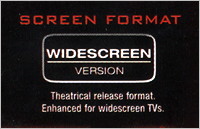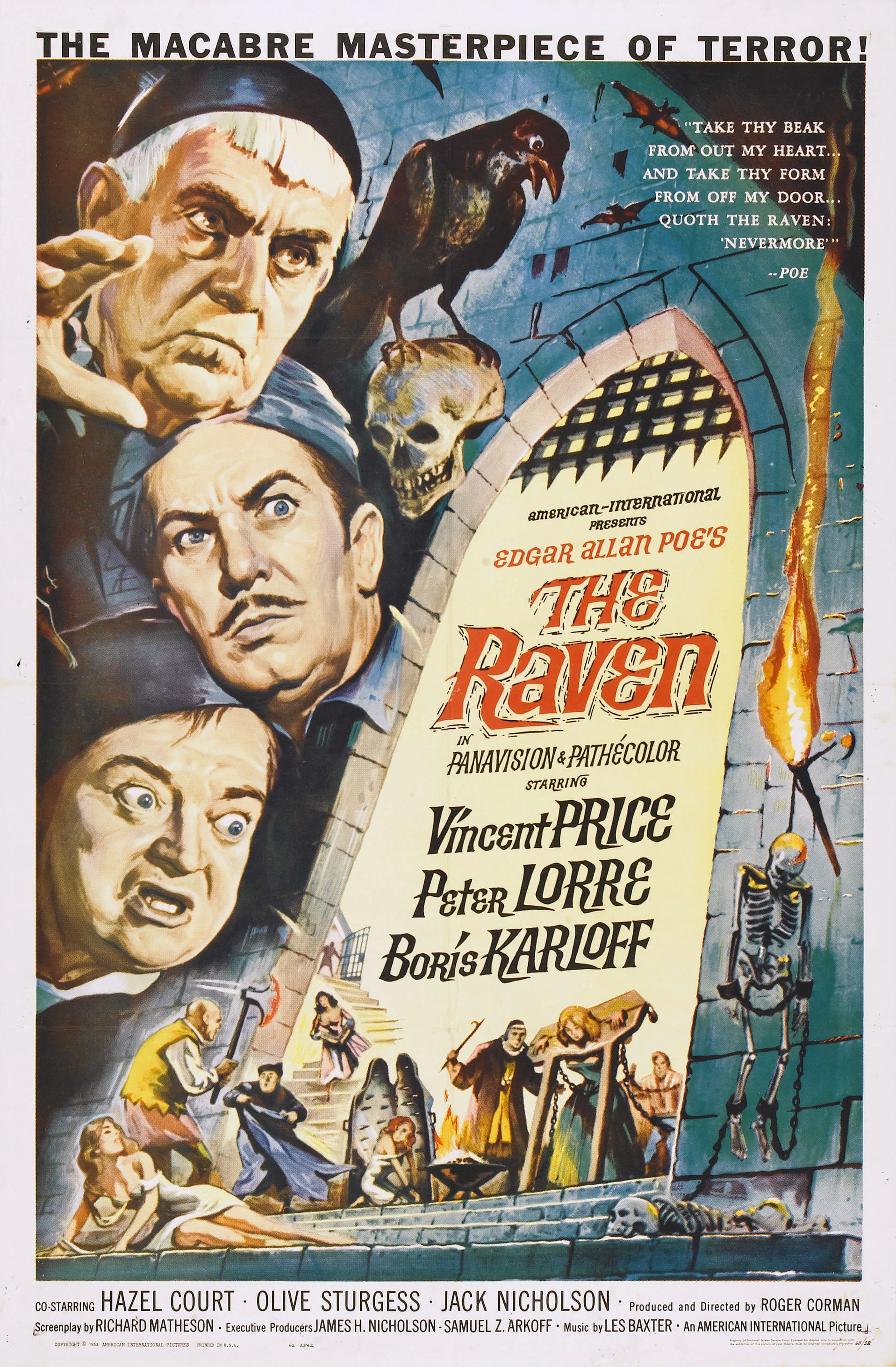|
The Headless Ghost
''The Headless Ghost'' is a 1959 British comedy horror film, produced by Herman Cohen and directed by Peter Graham Scott. It stars Richard Lyon, Liliane Sottane, David Rose, and Clive Revill. The films tells of three young people who spend the night in a haunted English castle. With the help of a friendly ghost, they reunite the head of the Headless Ghost with its body, thus ending its 600 years of wandering about headless. The film was made specifically as the second feature for an American double bill with ''Horrors of the Black Museum'' (1959). Plot Three university students – Ingrid from Denmark (Liliane Sottane) and Americans Bill (Richard Lyon) and Ronnie (David Rose) – take a tour of Ambrose Castle in England. After learning that the castle is haunted, they decide to secretly spend the night inside in the hopes of seeing a ghost. During the night, the ghost of the 4th Earl of Ambrose (Clive Revill) appears and tells them that he and the other ghosts are being bothered ... [...More Info...] [...Related Items...] OR: [Wikipedia] [Google] [Baidu] |
Film Poster
A film poster is a poster used to promote and advertise a film primarily to persuade paying customers into a theater to see it. Studios often print several posters that vary in size and content for various domestic and international markets. They normally contain an image with text. Today's posters often feature printed likenesses of the main actors. Prior to the 1980s, illustrations instead of photos were far more common. The text on film posters usually contains the film title in large lettering and often the names of the main actors. It may also include a tagline, the name of the director, names of characters, the release date, and other pertinent details to inform prospective viewers about the film. Film posters are often displayed inside and on the outside of movie theaters, and elsewhere on the street or in shops. The same images appear in the film exhibitor's pressbook and may also be used on websites, DVD (and historically VHS) packaging, flyers, advertisements in newspap ... [...More Info...] [...Related Items...] OR: [Wikipedia] [Google] [Baidu] |
Patrick Connor (actor)
Patrick Connor (6 August 1926 – 22 July 2008) was a British actor. His stage work included the original West End production of ''Alfie Alfie may refer to: Theatre and film * ''Alfie'' (play), a 1963 play by Bill Naughton * ''Alfie'' (1966 film), a film based on the play starring Michael Caine * ''Alfie'' (2004 film), a remake of the 1966 film * ''Alfie'' (2013 film), an Indi ...'' in 1963. He was married to the actress and writer Joyce Marlow. Filmography References External links * 1926 births 2008 deaths People from Margate British male stage actors British male film actors British male television actors {{UK-film-actor-stub ... [...More Info...] [...Related Items...] OR: [Wikipedia] [Google] [Baidu] |
Life With The Lyons
''Life with the Lyons'' was a British radio and television domestic sitcom from the 1950s (1950–1961 on radio, 1955–1960 on television). Overview ''Life with the Lyons'' featured a real American family. Ben Lyon and his wife Bebe Daniels had settled in London during the Second World War and featured with Vic Oliver in the radio series'' Hi, Gang!'' that ran from 1940 to 1949. Radio ''Life With the Lyons'' followed and, with Ben and Bebe, featured their children Richard and Barbara Lyon. Although scripted, it expanded on real-life events including Barbara's real-life marriage to Russell Turner in 1957. The radio series premiered on 5 November 1950 and ended in 1961 was the first situation comedy in the United Kingdom. Writers included Jill Allgood, and Bob Block who created the BBC television series ''Rentaghost''. Molly Weir was their Scottish housekeeper Aggie Macdonald, Doris Rogers the nosy neighbour Florrie Wainwright and Horace Percival played Mr Wimple. Films Two ... [...More Info...] [...Related Items...] OR: [Wikipedia] [Google] [Baidu] |
Firth Of Forth
The Firth of Forth () is the estuary, or firth, of several Scottish rivers including the River Forth. It meets the North Sea with Fife on the north coast and Lothian on the south. Name ''Firth'' is a cognate of ''fjord'', a Norse word meaning a narrow inlet. ''Forth'' stems from the name of the river; this is ''*Vo-rit-ia'' (slow running) in Proto-Celtic, yielding '' Foirthe'' in Old Gaelic and '' Gweryd'' in Welsh. It was known as ''Bodotria'' in Roman times. In the Norse sagas it was known as the ''Myrkvifiörd''. An early Welsh name is ''Merin Iodeo'', or the "Sea of Iudeu". Geography and economy Geologically, the Firth of Forth is a fjord, formed by the Forth Glacier in the last glacial period. The drainage basin for the Firth of Forth covers a wide geographic area including places as far from the shore as Ben Lomond, Cumbernauld, Harthill, Penicuik and the edges of Gleneagles Golf Course. Many towns line the shores, as well as the petrochemical complexes at Gr ... [...More Info...] [...Related Items...] OR: [Wikipedia] [Google] [Baidu] |
Los Angeles Examiner
The ''Los Angeles Examiner'' was a newspaper founded in 1903 by William Randolph Hearst in Los Angeles, California. The afternoon ''Los Angeles Herald-Express'' and the morning ''Los Angeles Examiner'', both of which had been publishing in the city since the turn of the 20th century, merged in 1962. For a few years after this merger, the ''Los Angeles Herald Examiner'' claimed the largest afternoon-newspaper circulation in the country, publishing its last edition on November 2, 1989. Founding The first edition was issued on Sunday, December 13, 1903, under the business managership of L. C. Strauss, who had managed the New York City office of the ''San Francisco Examiner,'' the first Hearst-owned newspaper. It was predicted to be Democratic Party of the United States, Democratic in politics and to compete with the Republican Party of the United States, Republican-supporting ''Los Angeles Times,'' another morning newspaper. The ''Examiner'' published a preview edition on Friday, ... [...More Info...] [...Related Items...] OR: [Wikipedia] [Google] [Baidu] |
Daily Variety
''Variety'' is an American media company owned by Penske Media Corporation. The company was founded by Sime Silverman in New York City in 1905 as a weekly newspaper reporting on theater and vaudeville. In 1933 it added ''Daily Variety'', based in Los Angeles, to cover the film industry, motion-picture industry. ''Variety.com'' features entertainment news, reviews, box office results, cover stories, videos, photo galleries and features, plus a credits database, production charts and calendar, with archive content dating back to 1905. History Foundation ''Variety'' has been published since December 16, 1905, when it was launched by Sime Silverman as a weekly periodical covering theater and vaudeville with its headquarters in New York City. Silverman had been fired by ''The Morning Telegraph'' in 1905 for panning an act which had taken out an advert for $50. As a result, he decided to start his own publication "that [would] not be influenced by advertising." With a loan of $1,5 ... [...More Info...] [...Related Items...] OR: [Wikipedia] [Google] [Baidu] |
The Hollywood Reporter
''The Hollywood Reporter'' (''THR'') is an American digital and print magazine which focuses on the Cinema of the United States, Hollywood film industry, film, television, and entertainment industries. It was founded in 1930 as a daily trade paper, and in 2010 switched to a weekly Wide-format printer, large-format print magazine with a revamped website. As of 2020, the day-to-day operations of the company are handled by Penske Media Corporation through a joint venture with Eldridge Industries. History Early years; 1930–1987 ''The Hollywood Reporter'' was founded in 1930 by William R. Wilkerson, William R. "Billy" Wilkerson (1890–1962) as Hollywood's first daily entertainment trade newspaper. The first edition appeared on September 3, 1930, and featured Wilkerson's front-page "Tradeviews" column, which became influential. The newspaper appeared Monday-to-Saturday for the first 10 years, except for a brief period, then Monday-to-Friday from 1940. Wilkerson used caustic articles ... [...More Info...] [...Related Items...] OR: [Wikipedia] [Google] [Baidu] |
Aspect Ratio (image)
The aspect ratio of an image is the ratio of its width to its height, and is expressed with two numbers separated by a colon, such as ''16:9'', sixteen-to-nine. For the ''x'':''y'' aspect ratio, the image is ''x'' units wide and ''y'' units high. Common aspect ratios are 1.85:1 and 2.39:1 in cinematography, 4:3 and 16:9 in television photography, and 3:2 in still photography. Some common examples The common film aspect ratios used in cinemas are 1.85:1 and 2.39:1.The 2.39:1 ratio is commonly labeled 2.40:1, e.g., in the American Society of Cinematographers' ''American Cinematographer Manual'' (Many widescreen films before the 1970 SMPTE revision used 2.35:1). Two common videographic aspect ratios are 4:3 (1.:1), the universal video format of the 20th century, and 16:9 (1.:1), universal for high-definition television and European digital television. Other cinema and video aspect ratios exist, but are used infrequently. In still camera photography, the most common aspect ra ... [...More Info...] [...Related Items...] OR: [Wikipedia] [Google] [Baidu] |
Anamorphic Widescreen
Anamorphic widescreen (also called Full height anamorphic or FHA) is a process by which a comparatively wide widescreen image is horizontally compressed to fit into a storage medium (photographic film or MPEG-2 standard-definition frame, for example) with a narrower aspect ratio (image), aspect ratio, reducing the horizontal resolution of the image while keeping its full original vertical resolution. Compatible play-back equipment (a projector with modified lens, or a digital video player or set-top box) can then expand the horizontal dimension to show the original widescreen image. This is typically used to allow one to store widescreen images on a medium that was originally intended for a narrower ratio, while using as much of the frame – and therefore recording as much detail – as possible. The technique comes from cinema, when a film would be framed and recorded as widescreen but the picture would be "squashed together" using a special concave lens to fit into non- ... [...More Info...] [...Related Items...] OR: [Wikipedia] [Google] [Baidu] |
Second Feature
A B movie or B film is a low-budget commercial motion picture. In its original usage, during the Golden Age of Hollywood, the term more precisely identified films intended for distribution as the less-publicized bottom half of a double feature (akin to B-sides for recorded music). However, the U.S. production of films intended as second features largely ceased by the end of the 1950s. With the emergence of commercial television at that time, film studio B movie production departments changed into television film production divisions. They created much of the same type of content in low budget films and series. The term ''B movie'' continues to be used in its broader sense to this day. In its post-Golden Age usage, B movies can range from lurid exploitation films to independent arthouse films. In either usage, most B movies represent a particular genre—the Western was a Golden Age B movie staple, while low-budget science-fiction and horror films became more popular in th ... [...More Info...] [...Related Items...] OR: [Wikipedia] [Google] [Baidu] |
American International Pictures
American International Pictures (AIP) is an American motion picture production label of Metro-Goldwyn-Mayer. In its original operating period, AIP was an independent film production and distribution company known for producing and releasing films from 1955 until 1980, a year after its acquisition by Filmways in 1979. It was formed on April 2, 1954 as American Releasing Corporation (ARC) by former Realart Pictures Inc. sales manager James H. Nicholson and entertainment lawyer Samuel Z. Arkoff and their first release was the 1953 UK documentary film ''Operation Malaya''. It was dedicated to releasing low-budget films packaged as double features, primarily of interest to the teenagers of the 1950s, 1960s, and 1970s. The company eventually became a part of Orion Pictures, which in turn, became a division of MGM. On October 7, 2020, four decades after the original closure, MGM revived AIP as a label for acquired films for digital and theatrical releases, with MGM overseeing ac ... [...More Info...] [...Related Items...] OR: [Wikipedia] [Google] [Baidu] |
_poster.jpg)
.jpg)



